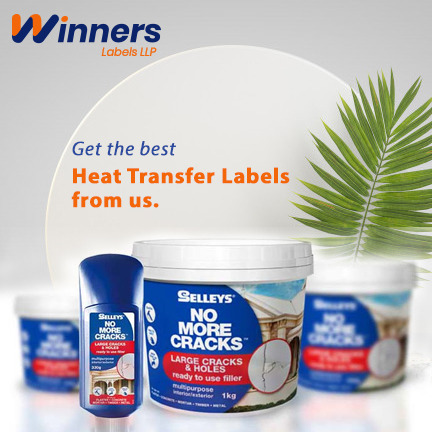Have you noticed the inexorable rise of tagless labeling? In a world where brand identity plays a pivotal role, heat transfer tags have emerged as a proven solution that looks good & feels good. For lightweight products, heat transfers are currently the go-to solution.
However, as they are cost-efficient & very much reliable you are supposed to find heat transfer almost everywhere right from household product to clothes. It comes in a variety of sizes & is available in an environmentally friendly option.
The key differences are the cost along with the type of papers being used & the type of inks. Both in case of heat transfer along with sublimation involve printing an image & using a heat press to transfer it onto fabric.
The difference with sublimation is that the heat transforms the overall ink from solid to gas and this is instantly embedded into fabrics. As the ink cools, it returns to the solid state. It is like a permanent part of the fabric. Sublimation isn't required in a usual manner as labels are so rarely seen. However, this might be an option for high-end products for a better brand.
Since 2019 vegan inks along with eco inks & effect transfers are highly effective. Vegan inks are already commencing to emerge in the market as houseware heat transfer labels. With vegan lifestyle choice now being described unstoppable & as a very important market opportunity for vegan food product!
Eco-links especially water-based inks are continuing to be on-trend. This is partly because they work well with the food product. Effect transfers are being more widely used to make a product viable.
